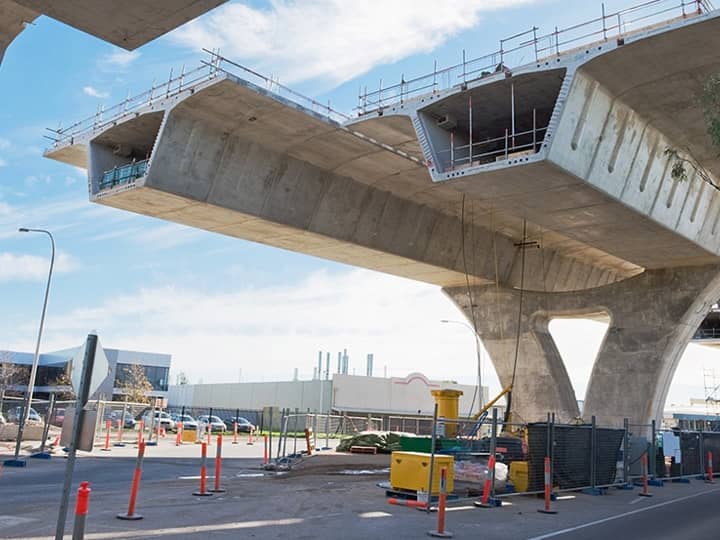Environmental factors like carbon footprint and sustainability are often coming to the front when talking about building a new structure these days. With the advancement in understanding the reality of climate change, most clients are opting for green building solutions. Heavy construction and infrastructure are no exception either - and that's where today's talk about sustainable bridge construction comes in.
True sustainable architecture and construction revolves around three major factors - social, environmental, and economic. The construction of a heavy structure like a bridge will inevitably depend upon the resources available to the constructor, the manpower and the location constraints. To make it a sustainable construction, the constructor has to balance out the supply and demand.
The bridge must not damage the environment, as far as possible, and yet must supply the support it is required to give to the road or rail way passing over. Not only that, it should also improve the social situation of the surrounding area. And it has to do all that within budget.
Bridges exist mostly to serve the community it is built near. This is so obvious that we don't even think about it anymore - but it has to be considered specifically in case of sustainable bridge construction. A sustainable bridge needs to serve not only the present population, but also be able to support the future generations of the area and the increasing loads.
Possibly the most important factor in sustainable bridge building, reducing carbon footprint and energy consumption both in the construction process and later in service is the prime target here. Each member of the AEC community involved in constructing a sustainable bridge will have to be environmentally responsible.
While the construction industry has improved many times in terms of green building in the last two decades, we still aren't good enough it sems. So, to make the bridge truly sustainable, the constructor, again, must keep the balance positive.
This part should be fairly straightforward - the construction and maintenance costs of the bridge must be less than the benefits it generates. That means constructing in such a way to minimize construction costs, but also making it as much maintenance free as possible.
Obviously, profit is ultimately the decisive factor in any business. Any project that isn't going to be cost-effective is not going to be accepted by any constructor. Again, a positive balance has to be maintained - this time, by the client.
While this science is still in its rookie uniforms, there has been major advances made in the matters of sustainable bridge construction. The reason for this can be the simple fact that, if a bridge lasts for 300 years instead of 100 years, then it reduces its environmental impacts by 66% directly, according to Man-Chung Tang, a sustainable engineering expert.
To be sure, the maintenance costs are the prime reason of worry in case of sustainable bridge building. In UK alone, there are over fifty thousand bridges, but they are covered by a meager 6 billion pounds till 2021. This is definitely not enough. It would be better to replace these bridges with sustainable bridges that will last much longer with much less maintenance. Sure, the initial investment could be high - but considering the inflation that is sure to come, it's worth it!
A hidden factor in sustainable bridge construction is Education, which is surprisingly quite easy to overlook. Future engineers need to be well-learned in environmental studies as well as sustainable architecture all through their general and specialized studies - the state of which is now, frankly, disappointing.
Few engineering students get to learn green building as a part of their main course, and even if it is there, it's considered as an extra, not a necessity. And of course, almost all of the present green building experts in the world are self-taught. Unless this status changes, we cannot expect changes in sustainable construction in effective mass scales.
